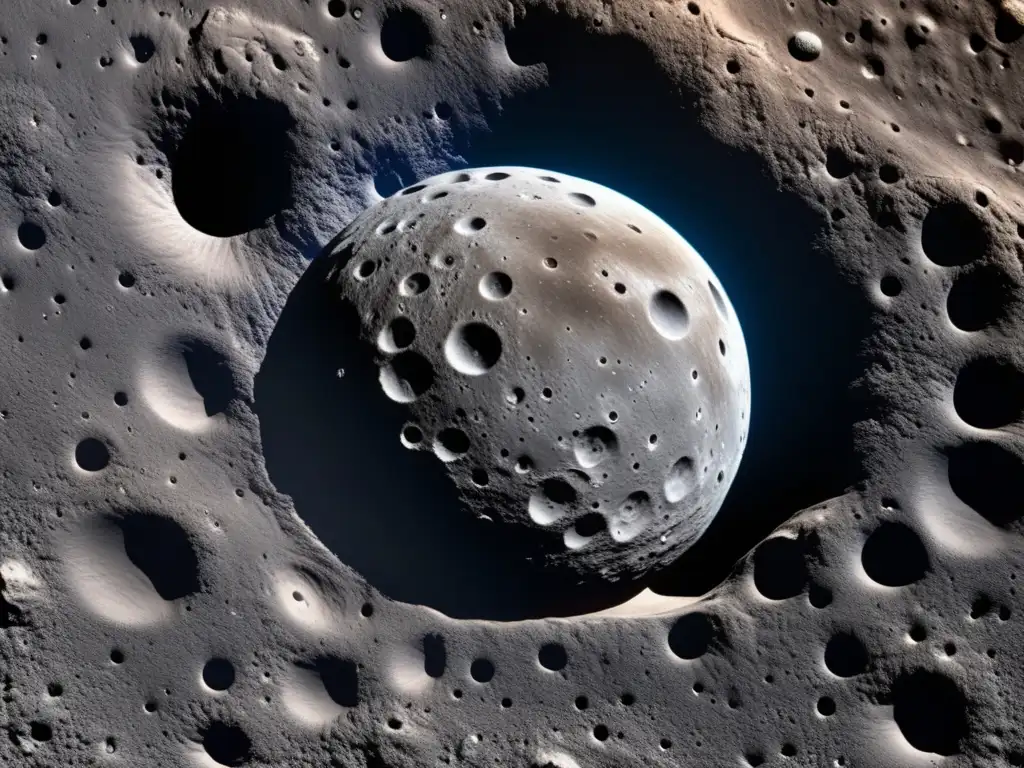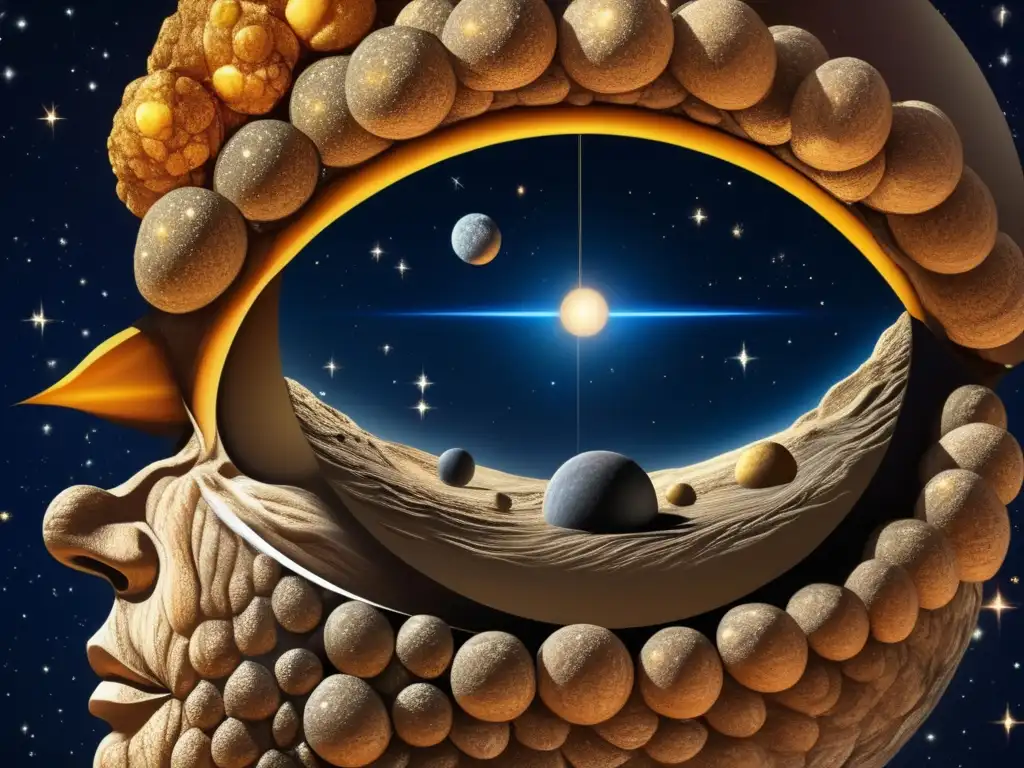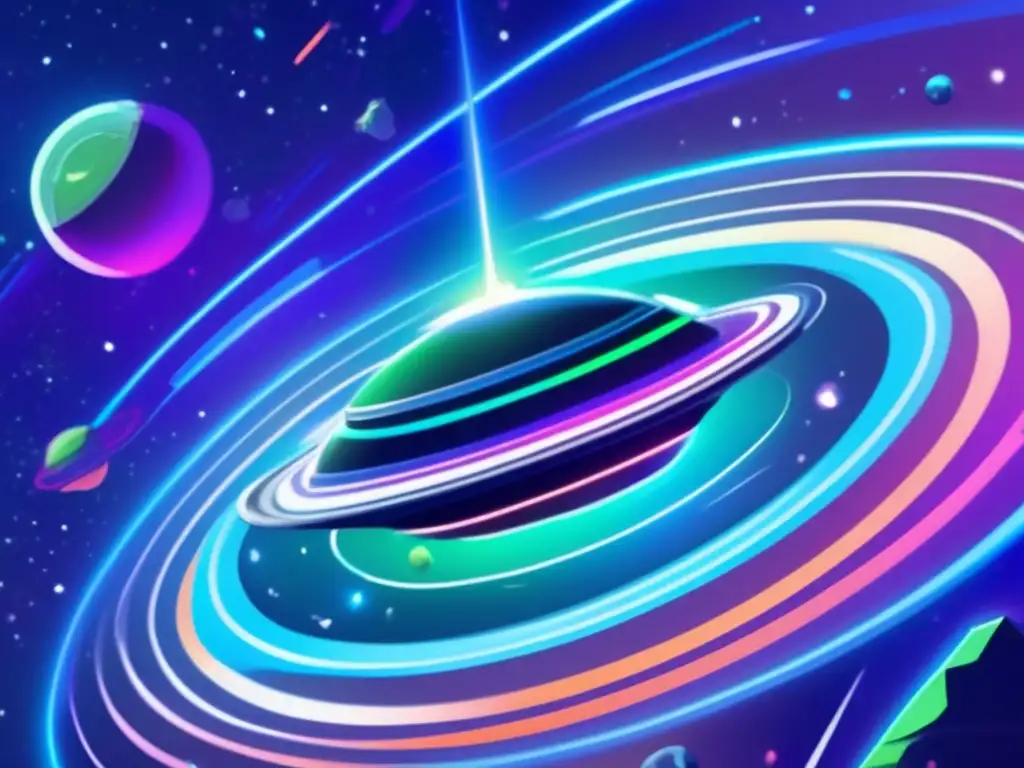Uncovering The First Asteroid: Ceres And Its Discoverer, Piazzi

Introduction
The discovery of the first asteroid, Ceres, in 1801 was a major breakthrough in astronomy. Until then, astronomers only knew of the existence of planets and comets in our solar system. The discovery of Ceres brought a new category of celestial objects that were not quite planets, but also not comets. It sparked a search for more such objects, leading to the discovery of thousands of asteroids to date. This article explores the fascinating story of the discovery of Ceres and its discoverer, Giuseppe Piazzi.
The Dawn of Asteroid Discoveries

What led Piazzi to discover Ceres?
Giuseppe Piazzi was an Italian astronomer who had a keen interest in cataloging stars. He was appointed as the first director of the newly-built Palermo Observatory in Sicily in 1789. His mission was to accurately measure the positions of stars and publish their coordinates. In the course of his work, he noticed a tiny, moving object in the sky that did not appear to be a star or a comet. He initially assumed it was one of the known planets, but upon further observation, realized it was something else entirely.
How did Piazzi describe Ceres?
In his observations of Ceres, Piazzi noted its slow motion relative to the background stars and its faintness compared to the planets. He initially described it as a comet, but soon realized it was far too distant from the sun to be one. He then assigned it a provisional planet status, but later recognized that it did not fit the criteria for a full-fledged planet. He settled on the term asteroid, derived from the Greek word for star-like.
Why was Ceres revolutionary?
Ceres was the first asteroid to be discovered and the largest object in the asteroid belt between Mars and Jupiter. It presented a new challenge to astronomers, who had to adjust their understanding of planetary formation and classification. Ceres also opened up a new frontier of exploration, with countless more asteroids waiting to be discovered and studied.
The Aftermath of Ceres' Discovery

How did other astronomers react to Piazzi's discovery?
Piazzi announced his discovery of Ceres in a letter to fellow astronomers, but some were skeptical of its existence or classification. French astronomer Jean-Baptiste Biot claimed that Piazzi had discovered nothing more than an ordinary star, while German astronomer Johann Elert Bode dismissed it as a mere asteroid. It wasn't until other astronomers independently confirmed Ceres' existence and classification that it gained recognition as a distinct celestial object.
What impact did Ceres have on astronomy?
The discovery of Ceres led to a surge of interest in the study of asteroids and their role in the solar system. It inspired other astronomers to search for more such objects and led to the discovery of several other large asteroids in the following years. Ceres also prompted a reassessment of the definition of planets, ultimately leading to Pluto's reclassification as a dwarf planet in 2006.
What are some important facts about Ceres?
Ceres is approximately 590 miles (940 kilometers) in diameter and comprises about one-third of the mass of the entire asteroid belt. It is composed mostly of rock and ice and has a surface covered in craters, fractures, and mountains. NASA's Dawn mission was the first spacecraft to visit Ceres, arriving in 2015 and providing detailed images and data of the dwarf planet's surface and composition.
The Legacy of Ceres and Piazzi

How is Ceres honored in modern times?
Ceres remains a significant object of study, with ongoing research into its composition, structure, and potential for harboring life. Its name has been immortalized in various aspects of popular culture, including fictional characters and spacecraft. NASA's upcoming mission, Lucy, will visit several asteroids, including some in the vicinity of Jupiter, to study their properties and origins.
What contributions did Piazzi make to astronomy?
Piazzi's discovery of Ceres marked a turning point in astronomy, paving the way for the discovery of thousands of other asteroids and deepening our understanding of the solar system's structure and history. He also made significant contributions to the development of accurate star catalogs and the use of mathematical calculations in astronomy. Piazzi's legacy is commemorated by various institutions, including the International Astronomical Union's Piazzi Smyth Endowment Fund.
What lessons can we learn from the discovery of Ceres?
The discovery of Ceres reminds us of the power of curiosity and observation in scientific discovery. It shows how one person's curiosity and dedication can lead to groundbreaking discoveries that change our understanding of the world. It also highlights the importance of ongoing exploration and study of celestial objects to deepen our knowledge and inspire future generations of astronomers and scientists.
Frequently Asked Questions

-
Why is Ceres called a dwarf planet?
Ceres is classified as a dwarf planet because it meets the criteria set by the International Astronomical Union for celestial bodies that are not quite planets but also not asteroids or comets. These include having enough mass to be roughly spherical in shape and orbiting the sun, but not sufficiently dominating its orbital area to clear other objects out of its path.
-
What is the asteroid belt?
The asteroid belt is a region of the solar system between Mars and Jupiter that contains numerous small, rocky objects, mostly asteroids, in orbit around the sun.
-
How many asteroids are there?
As of September 2021, over a million asteroids have been discovered and cataloged, with new ones being found continually.
-
What are some other notable asteroids?
Other notable asteroids include Vesta, the second-largest asteroid and the brightest object in the asteroid belt; Pallas, the third-largest asteroid and one of the most massive; and Eros, the first asteroid to be orbited and landed on by a spacecraft.
-
What is the significance of asteroid studies?
Asteroid studies can provide insights into the formation and evolution of the solar system, the composition and properties of celestial objects, potential hazards to Earth from asteroid impacts, and opportunities for space exploration and resource utilization.
Conclusion
The discovery of Ceres was a pivotal moment in astronomy, opening up a whole new world of study and exploration. Its discoverer, Giuseppe Piazzi, left an enduring legacy as a pioneer of observational astronomy and mathematical calculations. As we continue to uncover more about the universe, Ceres serves as a reminder of the wonder and mystery that still awaits us. We encourage our readers to continue to explore the fascinating world of asteroids and share their thoughts and experiences with Asteroid Realm.
Additional Resources

For more information on asteroids and related topics, check out these resources:
- NASA's Asteroid Redirect Mission
- NASA's Asteroid Watch
- NASA's Ceres Overview
- International Astronomical Union's Small Bodies of the Solar System
 Vesta: The Brightest Asteroid And Olav Olmsted’s Discovery
Vesta: The Brightest Asteroid And Olav Olmsted’s Discovery Tracking The Trails Of Trojans: Shared Orbit Asteroids
Tracking The Trails Of Trojans: Shared Orbit Asteroids The Legacy Of Karl Ludwig Hencke: Discovery Of Astraea And Hebe
The Legacy Of Karl Ludwig Hencke: Discovery Of Astraea And HebeIf you want to discover more articles similar to Uncovering The First Asteroid: Ceres And Its Discoverer, Piazzi, you can visit the Asteroid Discoveries category.
Leave a Reply

Articulos relacionados: